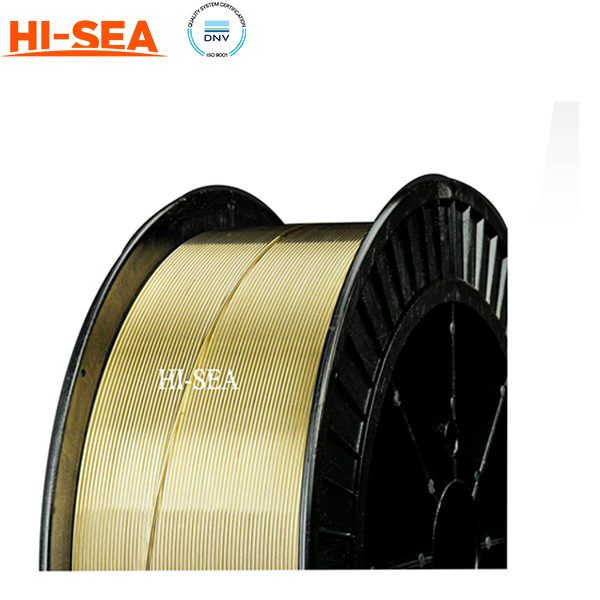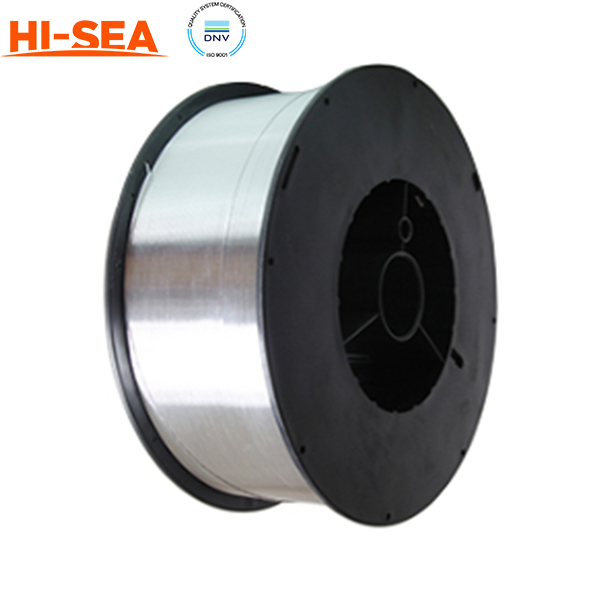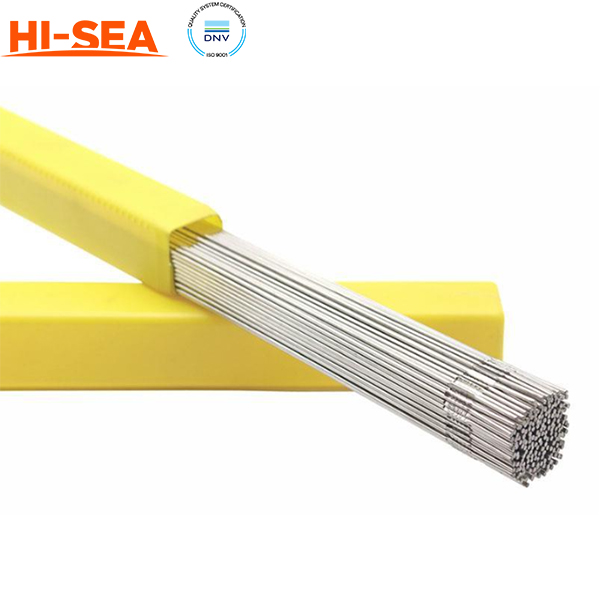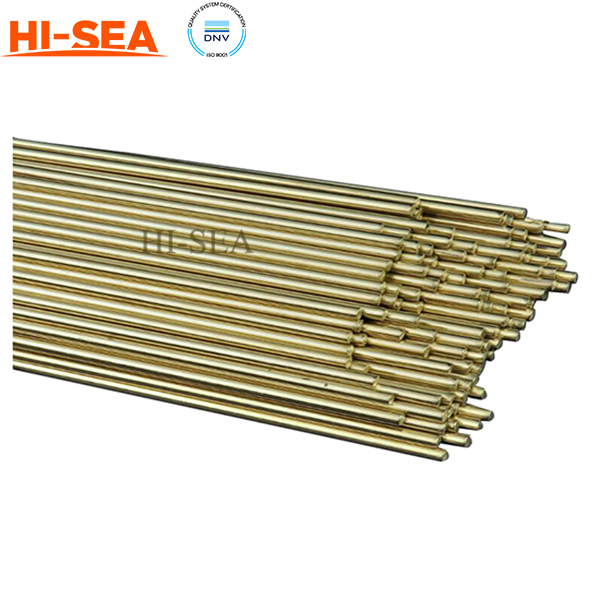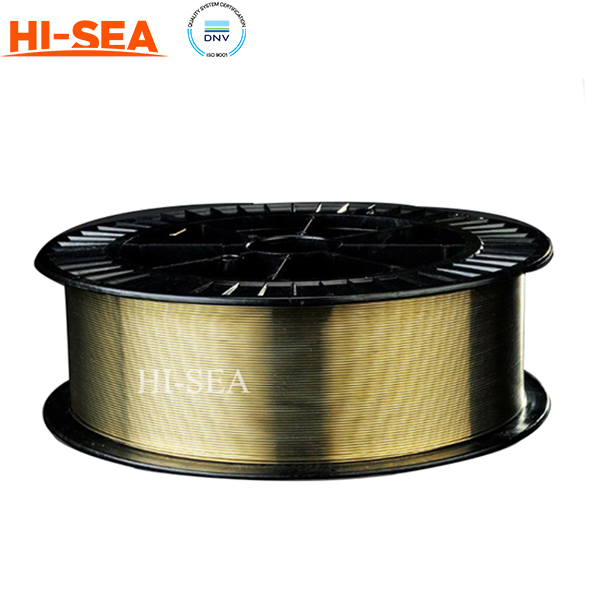MARINE & OFFSHORE EQUIPMENT
- Dredging Equipment
- Marine Deck Machinery
-
Marine Mooring Equipment
-
Marine Anchor
- AC-14 HHP Anchor
- Admiralty Anchor
- Beldt Stockless Anchor
- Bruce Anchor
- Spek Anchor
- Danforth HHP Anchor
- Delta High Holding Power Anchor
- GB11579-89 Light Weight Anchor
- Hall Anchor
- High Holding Power Mastrosov Anchor
- Hot Dip Galvanized Anchor
- Japan Stock Anchor
- JIS Stockless Anchor
- Pool Anchor
- Single Fluke Anchor
- Stainless Steel Anchor
- Stevpris MK5 Anchor
- Stingray Anchor
- US Navy Stockless Anchor
-
Marine Anchor Chain
-
Marine Shackle
- Kenter Shackle
- D Type Joining Shackle
- Pear Shaped Shackle
- Anchor Swivel Shackle Type A
- Anchor Swivel Shackle Type B
- Buoy Shackle Type A
- Buoy Shackle Type B
- C Type Detachable Connecting Link
- D Shackle
- Forelock Shackle
- Anchor Chain Swivel Group
- Straight Shackle
- Anchor Shackle
- Marine Triangle Plate
- Anchor Chain Swivel
- Anchor Chain Joining Shackle
- Anchor Chain End Shackle
- Slim Kenter Shackle
-
Chain Chaser
-
Marine Bollard
-
Marine Chock
-
Marine Fairlead
-
Marine Chain Stopper
-
Marine Mooring Reel
-
Marine Towing Bracket
-
Mooring Rope
-
Marine Towing Hook
-
Marine Shark Jaw
- Marine Fender
-
Marine Buoy
- Marine Floating Pontoon Dock
-
Marine Anchor
- Aquaculture Equipment
- Marine Outfitting Equipment
- Marine Propulsion System
-
Marine Painting
-
Marine Auxiliary Machinery
- Marine Air Compressor
- Marine Air Receiver
- Marine Sewage Treatment Plant
-
Marine Diesel Generator Set
- Marine Oil Water Separator
- Ballast Water Management System
- Marine Hydrophore
- Marine Calorifier
- Seawater Desalination Plant
-
Marine Oil Separator
- Marine Fuel Oil Supply Unit
- Marine Heat Exchanger
-
Marine Hot Well Unit
-
Marine Incinerator
-
Marine Boiler
-
Marine Valve
- JIS Marine Valve
- DIN Marine Valve
- ANSI Marine Valve
- GB Marine Valve
- CB Marine Valve
- CBM Marine Valve
-
Marine Gate Valve
-
Marine Globe Valve
-
Marine Angle Globe Valve
-
Marine SDNR Valve
-
Marine Angle SDNR Valve
-
Marine Check Valve
-
Marine Storm Valve
-
Marine Butterfly Valve
-
Marine Quick Closing Valve
-
Marine Fire Valve
-
Marine Self Closing Valve
- Marine Valve Accessories
-
Marine Pump
- Marine Centrifugal Pump
- Marine Screw Pump
-
Marine Gear Pump
-
Marine Vortex Pump
-
Marine Ejector Pump
-
Marine Diaphragm Pump
-
Marine Piston Pump
-
Marine Fire Pump
-
Marine Emergency Fire Pump
-
Marine External Fire Pump
-
Marine Ballast Water Pump
-
Marine Fuel Pump
-
Marine Lubricating Oil Pump
-
Marine Bilge Pump
-
Marine Sewage Pump
-
Marine Domestic Water Pump
-
Marine General Pump
-
Marine Cargo Oil Pump
-
Marine Hand Pump
- Marine Pump Parts
- Marine Life-saving Equipment
- Fire-fighting Equipment
- Marine Cable
- Marine Electrical Equipment
- Marine HVAC
-
Labour Protection Appliance
- Marine Decorative Material
-
Marine Anode
- Marine Pipe Fitting & Flange
- Marine Instrument
- Ship Building Equipment
INDUSTRY EQUIPMENT
- Hoisting Equipment
- Welding Machine & Material
-
Cutting Machine
- Container Securing Fitting
- Link Chain
- Container & Storage Equipment
-
Diesel Generator Set
- Other Equipment and Tools
- Petrochemical Equipment
- Fiber Reinforced Plastics
- Polymer Materials
- Environmental Protection Series
- Geo-products and Building Materials
- Metal Mesh
- Steel Grating
-
Earthwork Teeth
-
Turnbuckle
STOCK LIST
Contacts
 Tel:+86-23-67956606
Tel:+86-23-67956606
 FAX:+86-23-67956622
FAX:+86-23-67956622
 Email:manager@cqhisea.com
Email:manager@cqhisea.com
Working Time: 9:00--17:00
Working Day: Monday to Friday Website: www.cqhisea.com

Shipbuilding Welding Electrode
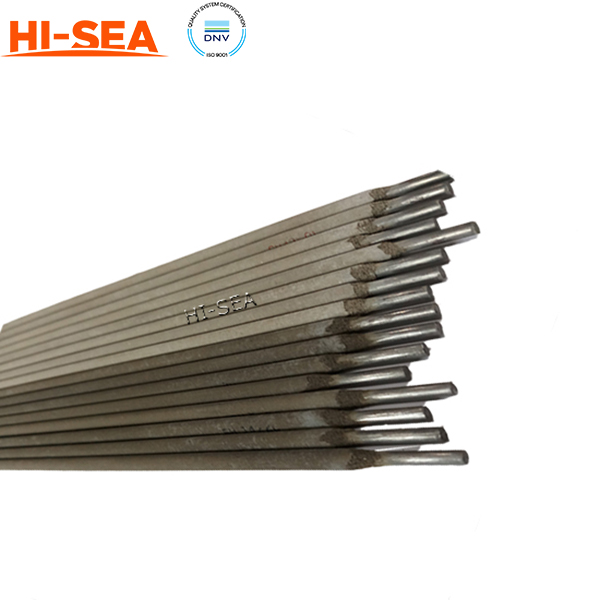
Shipbuilding Welding Electrode
1. Application
Shipbuilding welding electrodes find application in various welding processes and tasks during the construction and repair of ships and marine vessels. Here are some common applications of shipbuilding welding electrodes:
Hull construction: Shipbuilding welding electrodes are used to weld the hull plates and sections together, forming the main structure of the ship. This includes welding the hull plating, frames, bulkheads, stiffeners, and other structural components.
Pipe welding: Welding electrodes are employed for joining and fabricating pipes used in various ship systems, including fuel lines, water systems, hydraulic systems, and ventilation ducts. Welding electrodes are chosen based on the material of the pipes and the specific requirements of the application.
Tank fabrication: Ships often require various tanks, such as fuel tanks, ballast tanks, and water tanks. Welding electrodes are utilized to construct and weld these tanks, ensuring their integrity and leak-free performance.
Machinery and equipment installation: Shipbuilding welding electrodes are used in the installation and welding of machinery, equipment, and fittings on board ships. This can include welding brackets, supports, engine mounts, propeller shafts, and other components.
Structural repairs: During ship repairs and maintenance, welding electrodes are used to repair damaged or worn-out structural components. This can involve cutting out and replacing sections of the hull, repairing cracks or fractures, or reinforcing weak areas.
Deck and superstructure construction: Welding electrodes are employed in the construction of ship decks, superstructures, and accommodation areas. This includes welding deck plates, handrails, stairs, ladders, and other structural elements.
Propeller and rudder fabrication: Shipbuilding welding electrodes are used in the fabrication and repair of propellers and rudders. These critical components require precise and reliable welds to ensure proper functioning and performance.
2. Typical Chemical Composition
C
Mn
Si
P
S
Ni
Cr
Mo
V
norm
≤0.15
≤1.25
≤0.90
≤0.035
≤0.035
≤0.30
≤0.20
≤0.30
≤0.08
e.g.
0.068
0.74
0.44
0.024
0.015
0.006
0.027
0.003
0.016
3. Mechanical Property of Deposited Metal
ReH (MPa)
Rm (MPa)
A5 (%)
KV2 (J)
norm
≥375
490-660
≥22
≥47
e.g.
450
510
27
75
4. Reference Current
Diameter (mm)
3.2
4.0
5.0
Length (mm)
400
450
450
welding current (A)
120-150
160-200
200-250
5. Certificate: DNV.GL, KR, CCS, LR, NK, BV, ABS.



